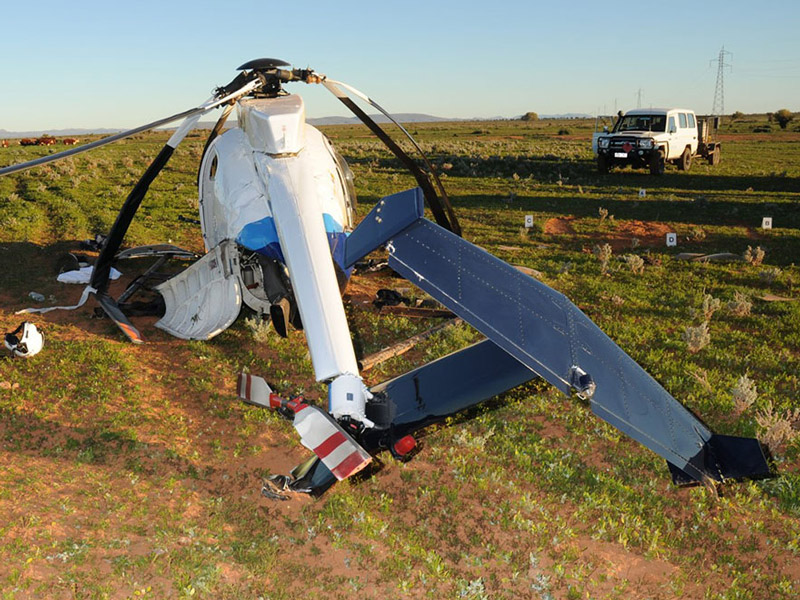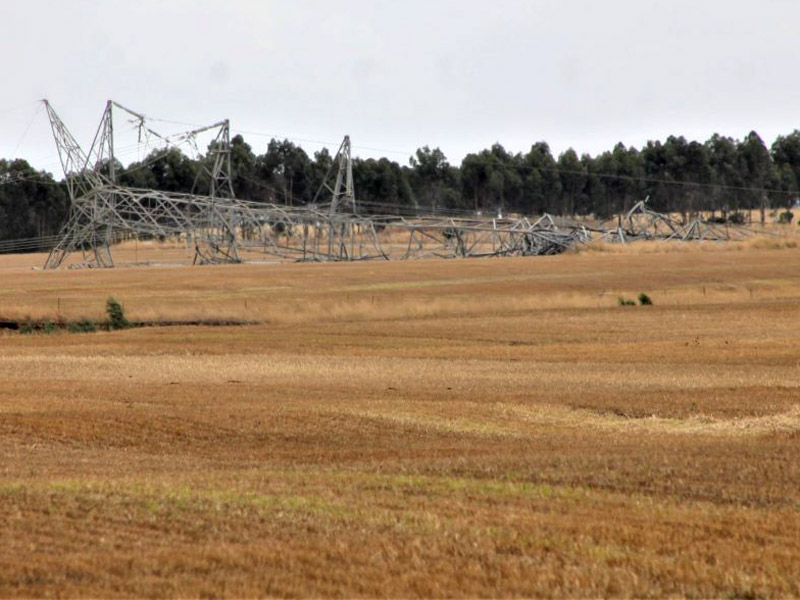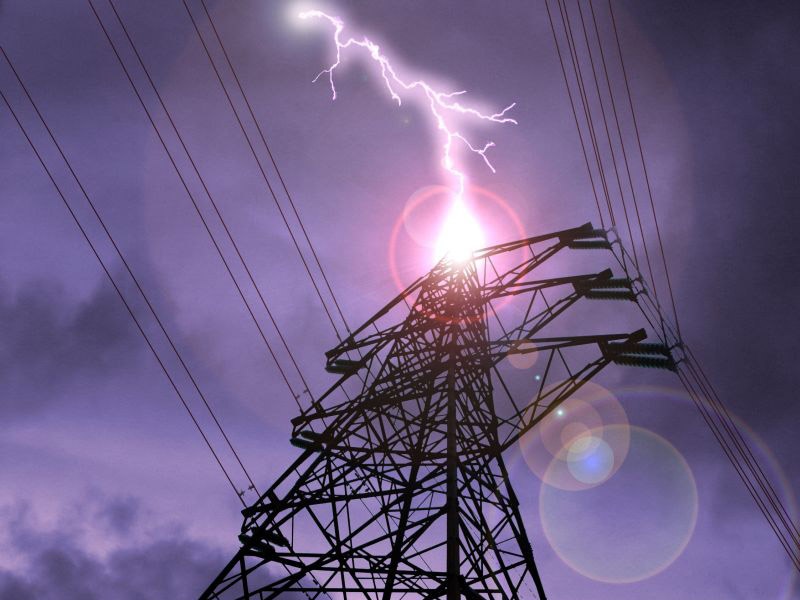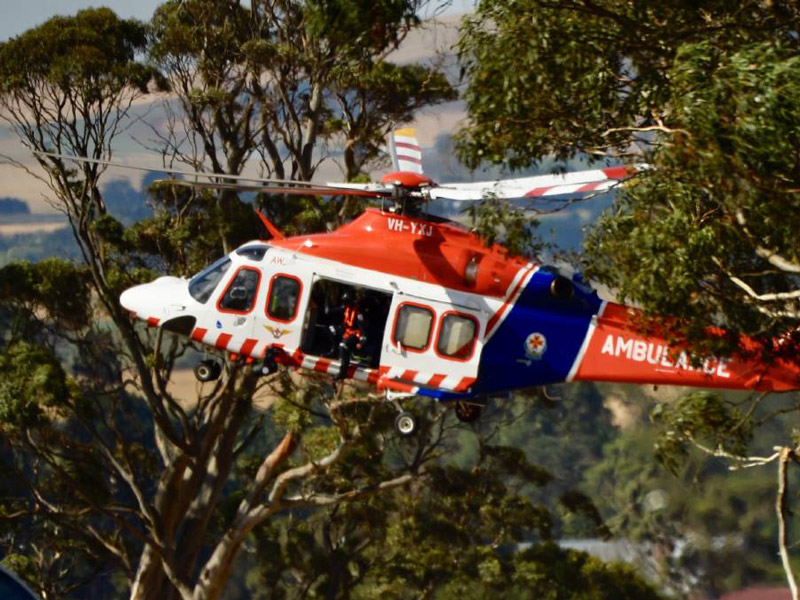Safety Concerns
Risks to Residents and Wildlife
High-voltage overhead power lines present serious safety risks throughout their lifespan. From electrocution hazards to falling infrastructure during extreme weather, these transmission lines endanger not only residents but also emergency responders and wildlife. The risks of infrastructure failure, accidental contact, and maintenance hazards must not be overlooked in route planning.

Flight Risk
In addition to lightning strikes and Infrastructure failures, high voltage power lines and towers also pose a significant safety risk to light planes, helicopters, and recreational aircraft.

Interruption to Power Supply
Not only do high voltage overhead powerlines and towers increase the risks of fires, electricity transmission network infrastructure itself is easily damaged by fire, resulting in interruptions to power supplies, potentially at critical times.

Residual Risks
Although less likely, towers, fences, heavy equipment, trailers, pipelines and many other metal structures and products can become electrically energized by unshielded overhead high voltage power lines. These lines and towers are particularly hazardous during lightning storms (NACE International 2005).

Impact to Rescue Efforts
The State Forest(s) are used extensively by birdwatchers, nature lovers, bush walkers and is an established practice route for people planning to trek the Kokoda Trail. People regularly get lost or hurt in the area necessitating the use of the State Emergency Service and helicopters. Towers located in and around the park would most certainly impact the ability and timeliness of future rescue efforts. Rescue choppers will often land on the river flats, directly within the northern corridor, to conserve fuel while patients are prepped for extraction from the Lerderderg State Park.